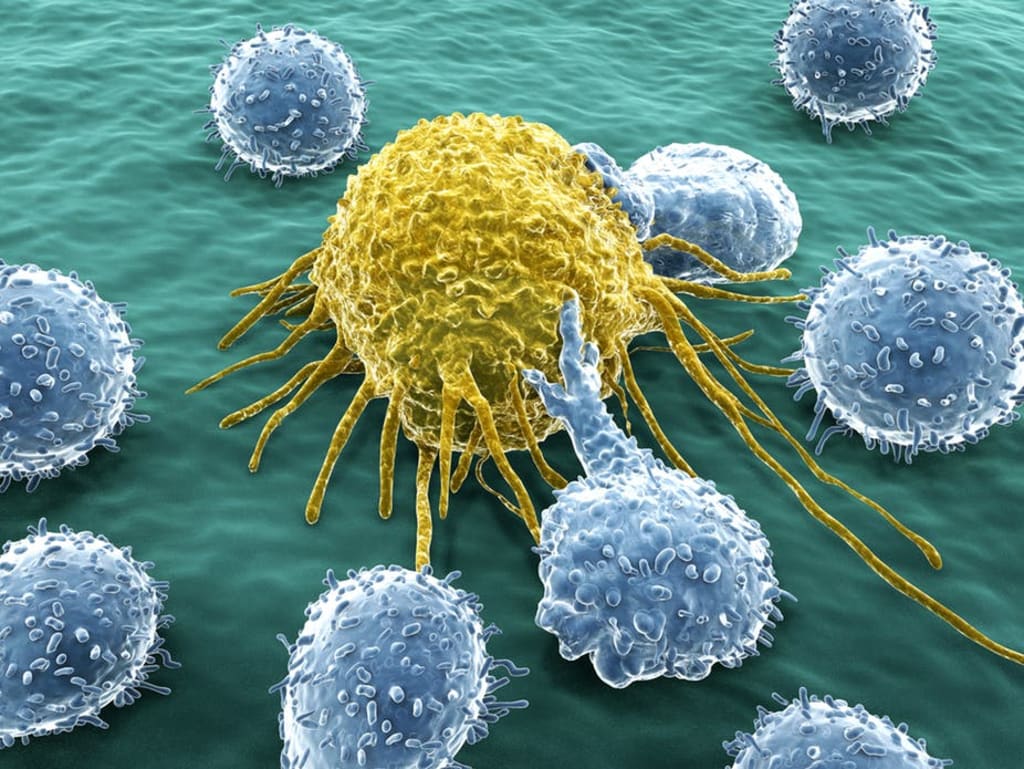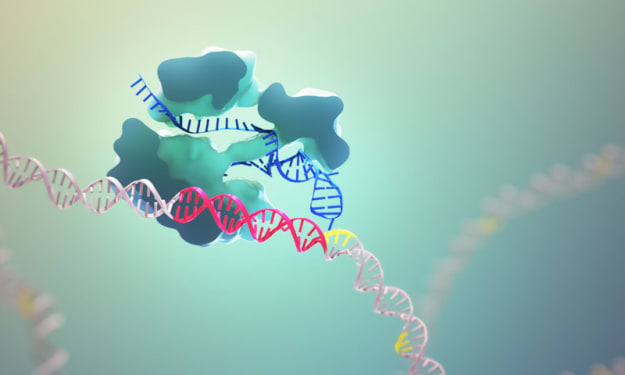Understanding Human Immune System
Introduction to the Human Immune System

We can simply understand the immune system as a body's natural defense mechanism against foreign bodies like bacteria, viruses, fungi, and parasites, also known as pathogens. Every living organism in the world has their own specific types of immune system that keeps on protecting them from foreign invaders. We should also understand that the immune system differs from vertebrates to than of invertebrates animals. The invertebrates animals only have a single defense mechanism, also known as the innate immune system, whereas the vertebrates have all-natural, adaptive, and passive immune systems. Beforehand, let us understand the types of immune system present in the human body as described below:
1. Innate Immune System: It is a type of immune system present in all the living organisms and is the first layer of defense mechanism among vertebrate organisms like human beings. Also known as the specific defense mechanisms, this immune system is the first one to respond during the foreign invasion within a body. These mechanisms include physical barriers such as skin, chemicals in the blood, and immune system cells that attack foreign cells in the body. The innate immune response is activated by the chemical properties of the antigen.
2. Adaptive Immune System: This type of immune system is the secondary immune system that is present in the vertebrates organisms and is often known as the second line of defense. This immune system is advanced as they respond correctly to the antigen. The adaptive immune response is more complicated than the innate. The antigen first must be processed and recognized. Once an antigen has been identified, the adaptive immune system creates an army of immune cells specifically designed to attack that antigen. Adaptive immunity also includes a "memory" that makes future responses against a specific antigen more efficient.
3. Passive immunity: It is the transfer of active humoral immunity of ready-made antibodies. Passive resistance can occur naturally, when maternal antibodies are transferred to the fetus through the placenta, and it can also be induced artificially, when high levels of antibodies specific to a pathogen or toxin (obtained from humans, horses, or other animals) are transferred to non-immune persons through blood products that contain antibodies, such as in immunoglobulin therapy or antiserum therapy. Passive immunization is used when there is a high risk of infection and insufficient time for the body to develop its own immune response, or to reduce the symptoms of ongoing or immunosuppressive diseases. Passive immunization can be provided when people cannot synthesize antibodies, and when they have been exposed to a disease that they do not have immunity against.
About the Creator
Bikash Pokharel
I'm a freelance writer plus a tech enthusiastic who simply loves learning and writing new stories through experiences and understandings.






Comments
There are no comments for this story
Be the first to respond and start the conversation.